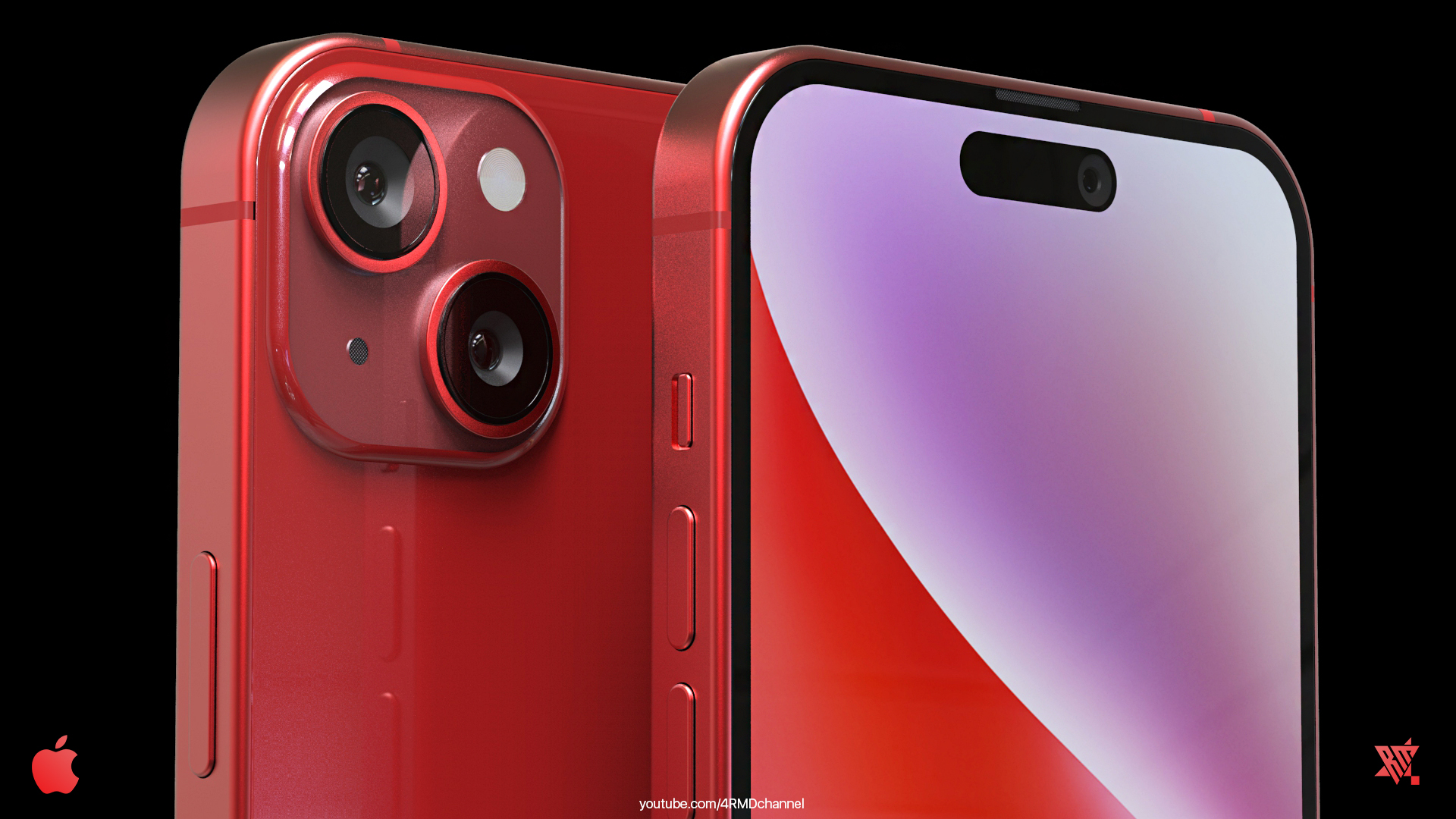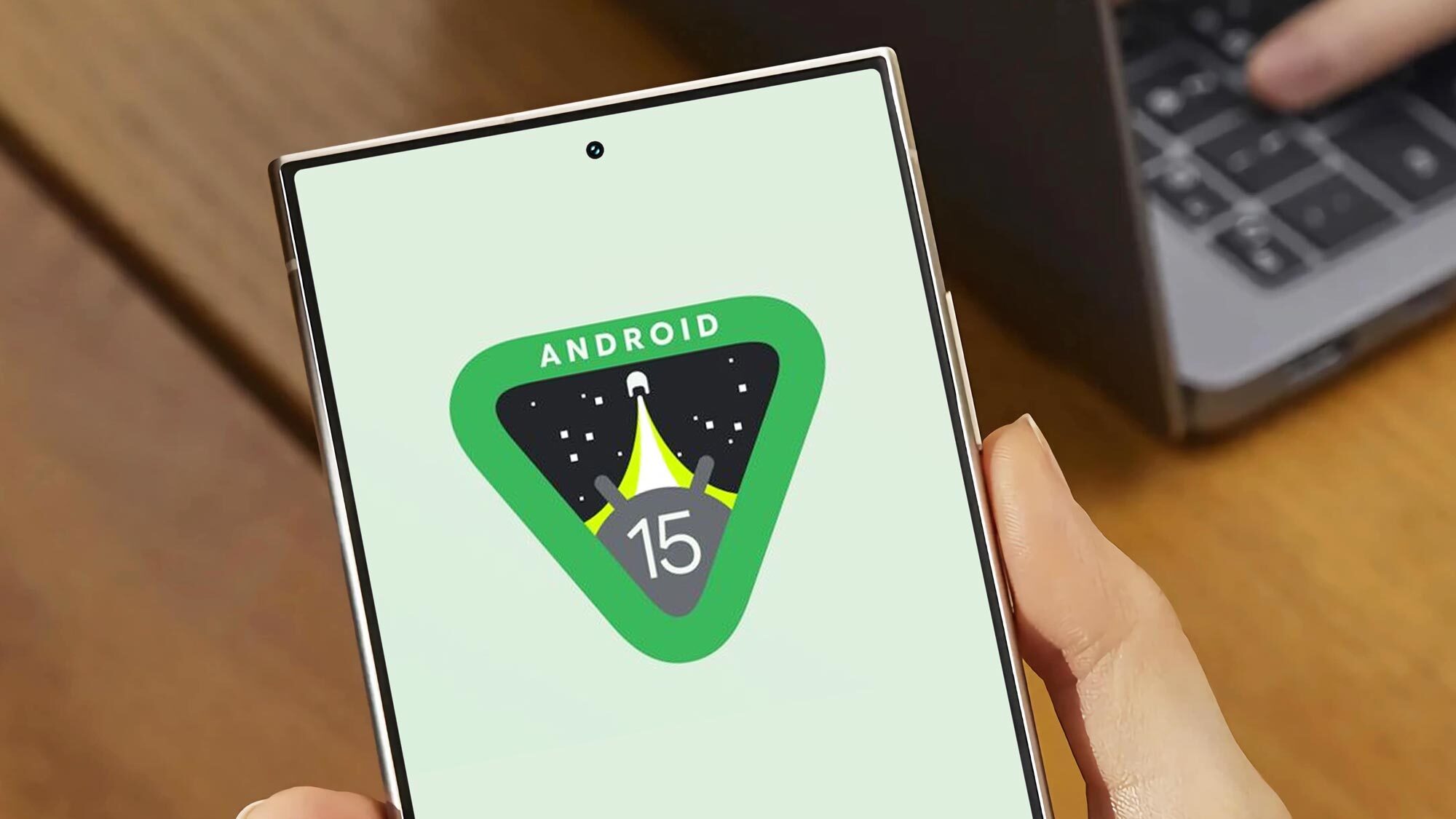Apple would be crazy to increase the price of iPhone 15 and iPhone 15 Plus — here's why
The cheapest iPhones need to stay at their current prices

As we draw closer to the launch of the iPhone 15, one question that keeps popping up is how much the phones are going to cost.
We keep hearing rumors that the iPhone 15 Pro and iPhone 15 Pro Max could end up costing $100-$200 more than last year's models, while reports claim the cost of manufacturing the iPhone 15 could be as much as 12% higher than last year — or roughly $96 more.
I can understand the price of the iPhone 15 Pro series going up. Both phones are predicted to get a slew of impressive upgrades, and previous years’ Pro models have proven themselves to be very popular. If Apple sees an opportunity to bolster its profit margins without any meaningful drop in sales, then it’s going to do what every giant corporation would do.
But the iPhone 15 and iPhone 15 Plus? Regardless of how much more they may cost to manufacture, Apple would be crazy to even consider raising their prices.
The Non-Pro models have a popularity problem
The one thing you need to remember is just how popular the iPhone 14 Pro and iPhone 14 Pro Max actually have been. There were significant issues getting hold of both phones after launch, especially in the run-up to the holidays, while availability of the iPhone 14 and iPhone 14 Plus remained more or less stable.
The issue got so bad that Apple ended up cutting production of the iPhone 14 in order to free up that capacity for the Pro models. By the end of September 2022, Apple had reportedly ordered Foxconn to halt iPhone 14 production in order to make more iPhone 14 Pros. Apparently this means around 10% more Pro models could be produced than Apple had originally planned.
The iPhone 14 Plus didn’t fare much better, especially since Apple pushed its launch back to October and reportedly ended up cutting production by 70-90% within two weeks of the phone’s release. A month later it was reported that Apple stopped shipping panels for the phone, suggesting it already had more iPhone 14 Plus devices than it could sell.
The iPhone 14’s poor sales record may have been overstated, according to figures from JP Morgan and Counterpoint Research, but the fact Apple was willing to cut production in favor of the Pro is a clear indicator of where its priorities were. By the end of Q1 2023 Apple’s earnings revealed that the iPhone 14 Pro Max reigned supreme, with a 36% share of iPhone shipments, followed by iPhone 14 Pro at 28%, iPhone 14 at 25% and iPhone 14 Plus at 11%.
According to rumors, the iPhone 15 has a heck of a lot more going for it than the iPhone 14 did. Features like the Dynamic Island are said to be coming, alongside the A16 Bionic processor and USB-C connectivity. So it’s pretty likely that the phone would be able to handle any kind of price increase relatively well, even if people don’t actually like it.
The high price of the iPhone 14 Plus compared to what you actually get is often cited as one of the phone’s major issues. It was essentially a bigger iPhone 14 with a slightly better battery. That clearly appeals to a bunch of people, but nowhere near as much as the cheaper iPhone 14, or the more capable Pro and Pro Max models.
But not even Apple could get away with increasing the price of the regular iPhone 15 without also increasing the price of the Plus. And increasing the price of the Plus would be such a mistake, Apple might as well not bother releasing the phone.
Cheaper iPhones have an important part to play
Apple is all about selling premium products. It’s been that way for a long time, and the company’s price tags tend to reflect this general philosophy. iPhones are no exception.
The problem is that the smartphone industry is massive, and phones are available with prices ranging from sub-$200 and at times can close in on $2,000. Apple generally operates in a targeted segment at the high end of that market. Sure it may sell the iPhone SE which is the “cheap iPhone” at $429, but the SE release schedule is so sporadic there’s absolutely no telling if and when users will be able to upgrade.
It’s not like the flagship iPhone, which you know will be getting some kind of update every single year — even if that upgrade is as pitiful as the one between the iPhone 13 and iPhone 14.
Apple has a vested interest in getting people on its platform, even if they’re not the kind of person that will drop $799 on a brand new phone every year. Once you set up an iPhone, you’re locked into the ecosystem, and helps Apple earn even more money.
Every time you buy from the app store or use Apple Pay, Apple earns money. Buying iCloud storage, or subscribing to Apple Arcade or some other service also earns Apple money. Anytime you do something on an iPhone that involves currency, Apple is taking its cut.
Therein lies the conundrum. Apple doesn't want to price people out of the iOS ecosystem, but it also needs to keep prices high to maintain profit margins. And Apple does sell some of the best phones around.
Apple is never going to release a budget phone; the mid-range iPhone SE is probably the cheapest iPhone we’ll ever get out of the company. That said, as expensive as $799 actually is, it doesn't seem quite so bad when you spread the cost over 2 or 3 years — especially if you have an older device to trade in.
Plus people turned off by an iPhone 15 Pro’s price tag may just stick with one of the cheaper models — and given last year’s shortages that may not be such a bad thing.
It’s a very intricate balancing act, because Apple can’t afford to take massive losses on its phones. You don’t get to be worth over $1 trillion by giving your best products away for free. But at the same time it can’t afford to drive people away with overly-expensive devices because Apple can continue to bring in the revenue for years to come.
Bottom line
Apple is a business, and like every other business its primary goal is to make as much money is it possibly can. Given Apple’s value, it’s clearly been doing a very good job.
But while a price hike on the iPhone 15 Pro and Pro Max might seem justified — if the slew of rumored upgrades proves to be accurate — the iPhone 15 and 15 Plus are a totally different story. iPhones may not be cheap, but there still needs to be an accessible model to draw people in.
Apple is well within its rights to price the iPhone 15 however it likes, but increasing the price of the two basic models just feels like a recipe for disaster. Then again, an over-the-trop iPhone 15 price tag might make the inevitable iPhone 14 price drop look even more enticing.
More from Tom's Guide
Sign up to get the BEST of Tom's Guide direct to your inbox.
Get instant access to breaking news, the hottest reviews, great deals and helpful tips.

Tom is the Tom's Guide's UK Phones Editor, tackling the latest smartphone news and vocally expressing his opinions about upcoming features or changes. It's long way from his days as editor of Gizmodo UK, when pretty much everything was on the table. He’s usually found trying to squeeze another giant Lego set onto the shelf, draining very large cups of coffee, or complaining about how terrible his Smart TV is.
